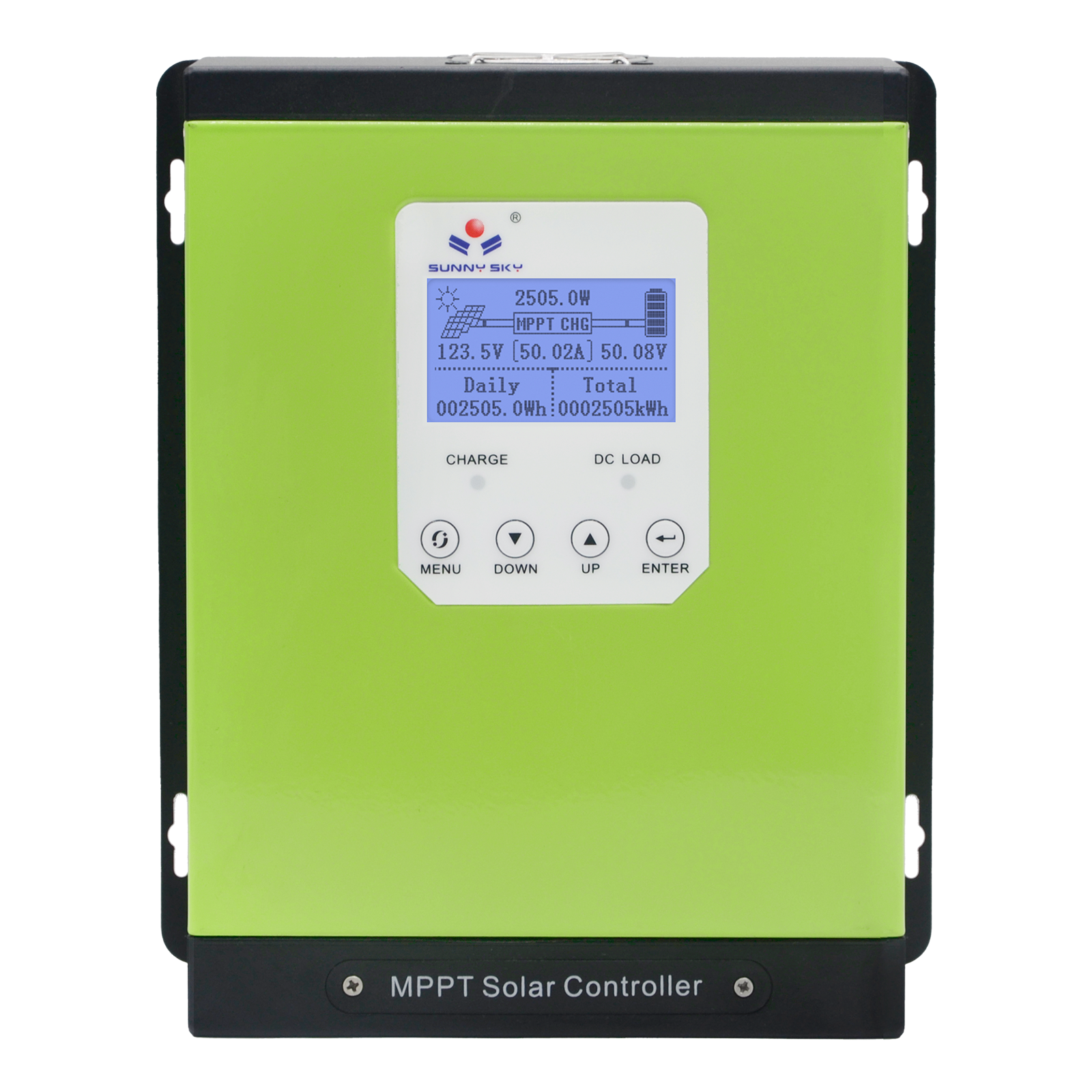Getting Started with Your 15KWH Home Energy Storage System
Embracing energy independence is now more achievable than ever for homeowners, thanks to advancements in residential power solutions. A 15KWH home energy storage system serves as the heart of a modern, self-sufficient household, allowing you to capture, store, and utilize the clean energy generated by your solar panels. This guide will walk you through the essential components, selection process, and benefits of integrating a comprehensive solar power battery storage solution into your home, empowering you to take control of your energy consumption and reduce your reliance on the grid.
Understanding the Components of Your Energy Solution
At the core of modern solar energy storage solutions is an integrated system designed for efficiency and ease of use. A critical component is the 10KW solar inverter, which is responsible for converting the direct current (DC) electricity generated by your solar panels into alternating current (AC) that your home appliances can use. This inverter works in tandem with the battery unit. Many advanced systems feature stacked energy storage batteries, a modular design that allows you to scale your storage capacity up or down based on your needs. These are often powered by LiFePO4 batteries (Lithium Iron Phosphate), which are renowned for their superior safety, long lifespan, and thermal stability compared to other battery chemistries. Together, these elements form a seamless, all-in-one home energy system that manages your energy flow intelligently, deciding whether to power your home, store excess energy, or send it back to the grid.
How to Choose the Right Home Battery System
Selecting the right system is crucial for maximizing your return on investment. When evaluating home battery systems, capacity is one of the first things to consider. A 15kWh lithium battery is often an ideal size for an average family, providing enough power to cover evening usage and offer backup during an outage. However, you should assess your daily energy consumption and the output of your solar array to determine the perfect fit. Look for a solution that offers scalability, like systems with stacked energy storage batteries, so you can expand it in the future if your needs change. Furthermore, consider the system's compatibility with your existing solar panels and the sophistication of its battery management system (BMS), which protects your investment by ensuring the health and longevity of the LiFePO4 batteries.
Installation and Integration of Your Renewable Energy Storage
Bringing a renewable energy storage system online is a straightforward process when handled by professionals. The installation typically involves mounting the all-in-one home energy system unit, which often includes the inverter and batteries, and connecting it to your solar panel array and your home's main electrical panel. Modern units are designed for simple integration, with features like castor wheels for easy positioning and clear LCD screens for real-time monitoring of power usage and storage levels. Once installed, the system intelligently manages your home's power, prioritizing self-consumption of your solar energy. This means that during the day, your home will run on solar power while the excess energy charges your 15KWH home energy storage unit. In the evening or on cloudy days, your home will draw power from the battery, significantly reducing your electricity bills and carbon footprint.


